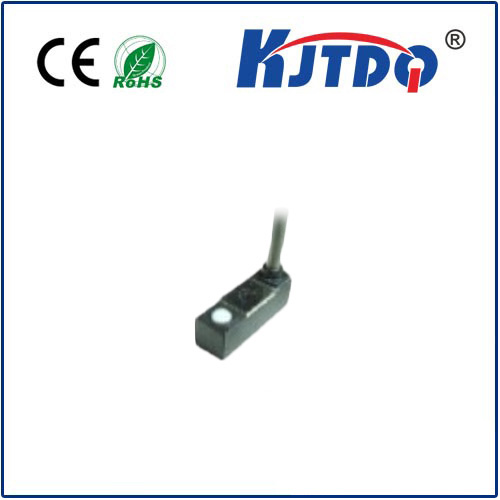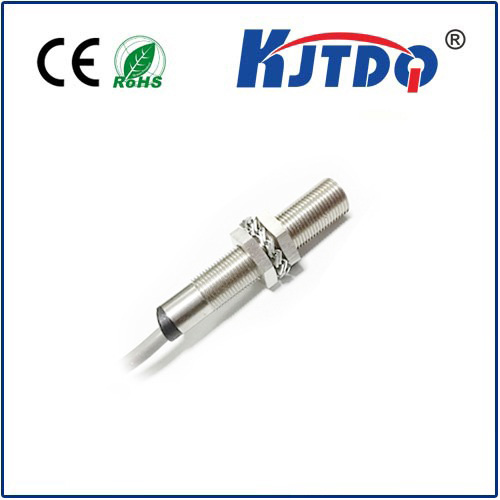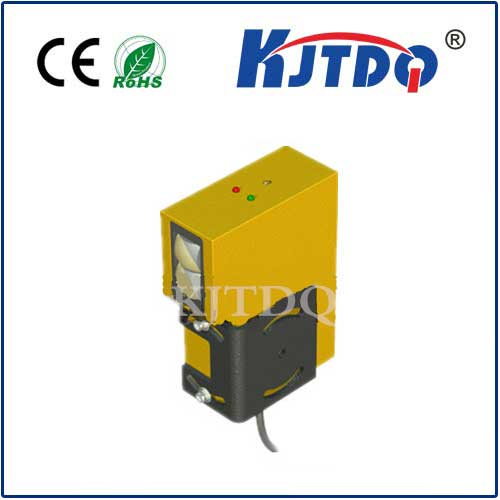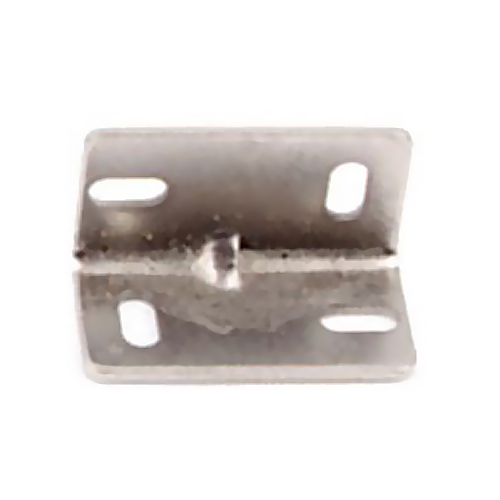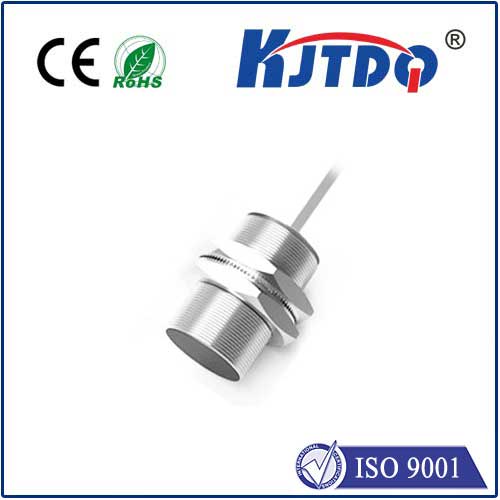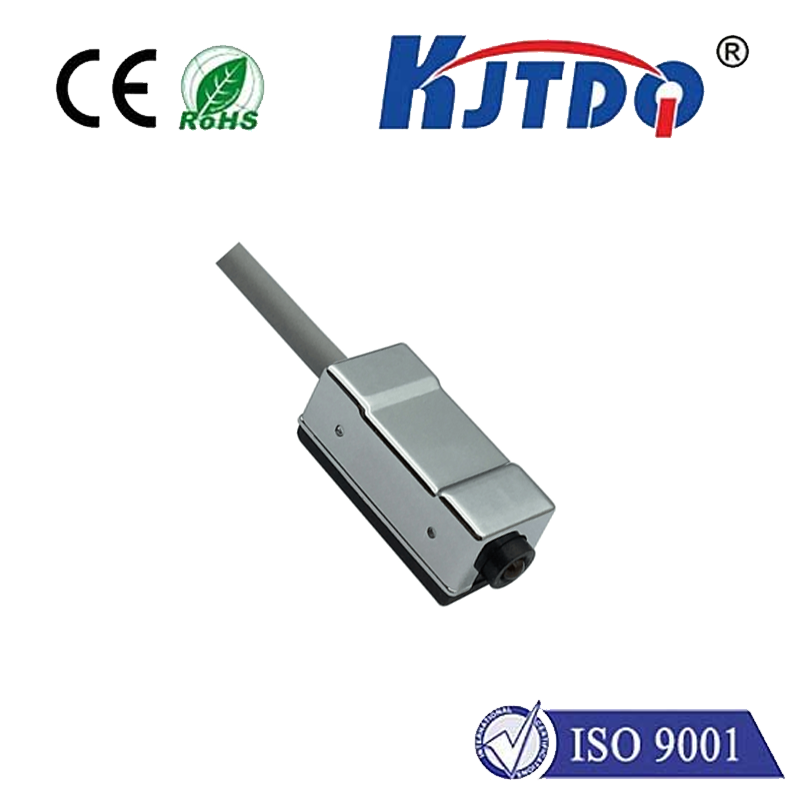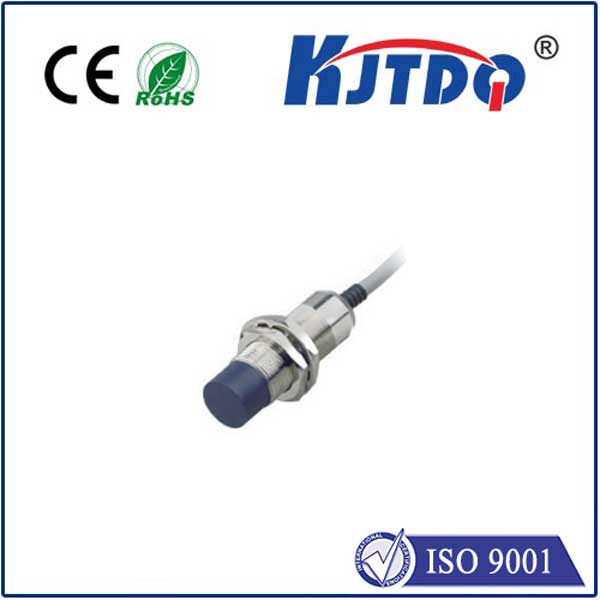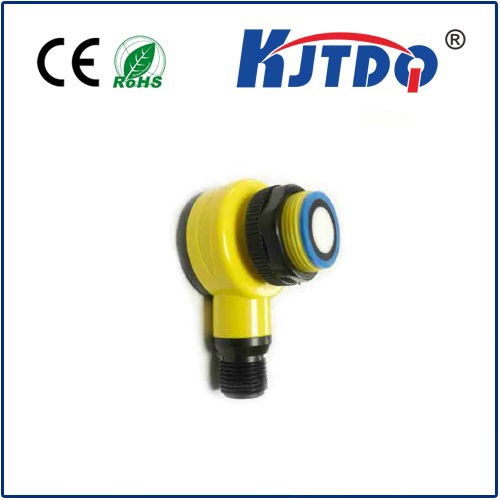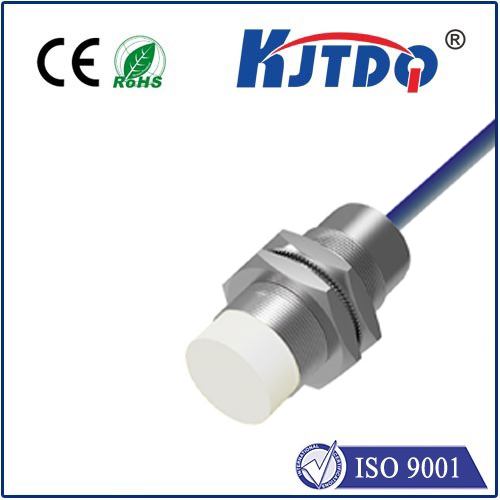

check

check

check

check
Imagine reversing your vehicle on a crowded driveway, with children playing nearby, and suddenly hearing a sharp beep that stops you inches away from a collision. This lifesaving alert comes from a small, unassuming device known as the backup proximity sensor—a critical innovation in today’s safety landscape. As we navigate increasingly complex environments, from urban parking lots to industrial warehouses, these sensors play a pivotal role in preventing accidents and enhancing operational efficiency. In this comprehensive exploration, we’ll uncover how backup proximity sensors work, their wide-ranging applications, and why they’re becoming indispensable in modern technology.
At its core, a backup proximity sensor is an electronic device designed to detect objects within a specific range when a vehicle or machinery is moving in reverse. Primarily integrated into automotive systems, it operates using technologies like ultrasound, electromagnetic fields, or even cameras to send signals when an obstacle enters a predefined zone. For instance, when you shift into reverse gear, the sensor activates, scanning the rear area and triggering audible or visual warnings if something is too close. This isn’t just about cars; in industrial settings, these sensors are vital for forklifts and automated guided vehicles to avoid collisions and protect workers. The fundamental principle involves emitting waves that bounce off obstacles, calculating distances in real-time—typically within 1-6 feet—to ensure swift, reliable responses. This makes backup proximity sensors a cornerstone of safety systems, reducing human error in high-stakes scenarios.

The applications of backup proximity sensors extend far beyond personal vehicles, creating ripple effects across various industries. In the automotive world, modern cars now almost universally include them as part of standard safety packages, with innovations like rearview cameras complementing the sensors for a 360-degree view. Statistically, vehicles equipped with such systems see a reduction in backing accidents by up to 30%, according to safety boards. Beyond roads, these sensors are crucial in logistics and warehousing, where they prevent costly damage to goods and equipment during loading and unloading. Think of large distribution centers: a backup proximity sensor on a forklift can halt operations instantly if a person wanders into a danger zone, ensuring OSHA compliance. Even in home security systems, some advanced doorbells incorporate similar proximity detection to alert homeowners of approaching visitors. This versatility highlights how backup proximity sensors aren’t just add-ons but essential tools that adapt to evolving challenges, making them a silent guardian in everyday life.
Integrating backup proximity sensors offers tangible benefits that drive their adoption in safety-first strategies. Enhanced safety is the most obvious advantage; by minimizing blind spots and providing early warnings, these sensors have been shown to decrease risks like pedestrian injuries and property damage significantly. For businesses, this translates to lower insurance costs and reduced liability claims—a win-win for efficiency. Moreover, they boost operational productivity: in fleet management, sensors allow drivers to maneuver quickly and confidently, speeding up tasks without compromising accuracy. Environmental impacts are also noteworthy; smoother reverse maneuvers reduce fuel consumption and emissions by avoiding unnecessary stops and starts. However, it’s not all perfect—challenges such as false alarms triggered by rain or snow can occur, but advancements in AI and machine learning are refining accuracy, filtering out environmental noise for clearer alerts. Ultimately, the cost-effectiveness of these sensors, given their potential to save lives and resources, makes them an invaluable investment across sectors.
Looking ahead, the future of backup proximity sensors is brimming with innovation, promising even greater integration and intelligence. With the rise of autonomous vehicles and smart infrastructure, these sensors are evolving to connect with IoT networks, enabling real-time data sharing with other systems like GPS and traffic lights. For example, upcoming models might predict hazards before they happen by analyzing historical patterns, turning passive detection into proactive prevention. Research trends indicate a shift toward multi-sensor fusion, where backup proximity sensors combine with lidar and radar for foolproof coverage, especially in low-visibility conditions. Emerging applications include drone technology and robotics, where precise proximity detection is key for navigation and safety. As regulations tighten globally—such as mandates for backup cameras in new cars—demand for these sensors will soar, driving down costs and making them accessible to all. By embracing such advancements, we’re not just upgrading convenience; we’re fostering a safer world where accidents become rarities.
Throughout this guide, we’ve seen how backup proximity sensors transform everyday safety through their reliance on cutting-edge detection methods and adaptability to various environments. As technology marches forward, staying informed about these tools empowers users to leverage them effectively for personal and professional gains.
